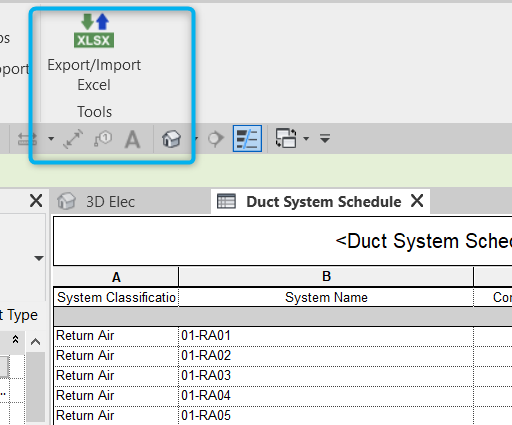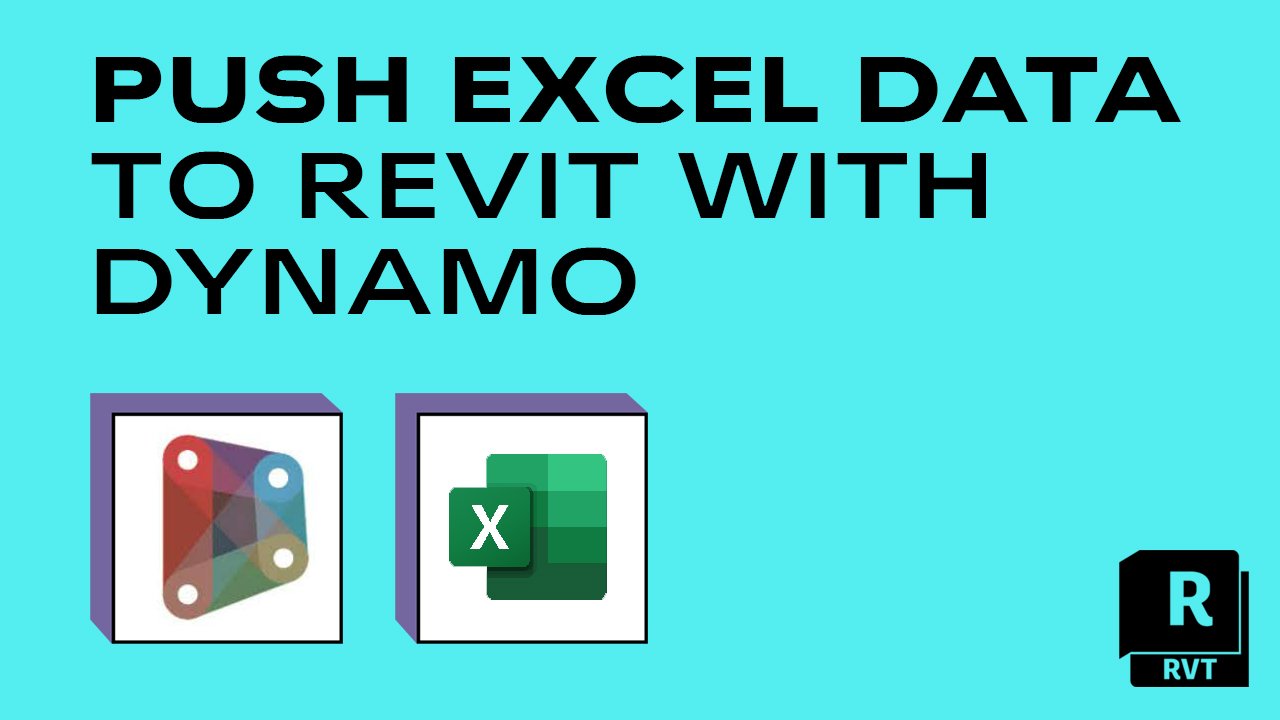Import Excel into Revit: Improving Your Operations
Wiki Article
Excel-to-Revit: A Game-Changing Workflow for Architectural Style - Unveiling the Secrets
Are you tired of spending hours on architectural design? Look no more! Introducing excel-to-revit, the game-changing workflow that will certainly transform your style procedure. With excel-to-revit combination, you can streamline your architectural style, unlock performance, and make best use of partnership within your group. In this article, we will certainly reveal the tricks of this powerful tool, revealing you just how it can change your layout tasks. Get all set to take your building style to the next level with excel-to-revit!The Power of Excel-to-Revit Integration

Envision the benefit of being able to upgrade and modify project information in Excel, and promptly see those adjustments mirrored in your Revit version. Say goodbye to manual information entrance or tiresome updates. With Excel-to-Revit assimilation, you can save time and minimize mistakes by leveraging the power of Excel's solutions and functions to instantly create precise information in Revit.
Not just does this combination boost performance, however it also boosts partnership among staff member. You can quickly share Excel data with coworkers, that can after that import the information into their Revit versions. This promotes a smooth exchange of info and ensures that everyone is dealing with the most up-to-date data.

Improving Building Style With Excel-To-Revit
Enhancing architectural style is made much easier with making use of Excel-to-Revit (import excel into revit). With this powerful combination, you can optimize your operations and conserve beneficial time throughout the style process. By leveraging the capabilities of Excel and Revit, you can flawlessly move information in between both systems, removing the requirement for hand-operated information access and reducing the risk of mistakesExcel-to-Revit enables you to import and export data easily, enabling you to conveniently update and modify your building layouts. You can develop schedules, compute quantities, and produce records in Excel, and then move that information directly into your Revit model. This combination ensures that your style details is always up-to-date and synchronized, getting rid of the requirement for hands-on updates and minimizing the opportunities of incongruities.
By utilizing Excel-to-Revit, you can likewise make use of the effective computational abilities of Excel. You can execute complicated computations, assess data, and automate repetitive tasks, all within Excel. With simply a few clicks, you can import the results back into Revit, permitting you to make enlightened layout choices and maximize your building layouts.
Opening Efficiency: Exploring the Excel-to-Revit Process
Maximize your performance by perfectly incorporating Excel and Revit for a more reliable workflow. With the Excel-to-Revit operations, you can open an entire new degree of effectiveness in your building design process. By utilizing the power of Excel's data administration capabilities and incorporating it with the versatility and accuracy of Revit, you can improve your style process and conserve useful time.Among the vital advantages of this integration is the ability to import and export information between Excel and Revit. This implies that you can conveniently transfer task information, such as room routines or product quantities, from one software application to the other, getting rid of the need for manual information access and reducing the chances of errors. You can additionally develop customized formulas and computations in Excel to automate repeated jobs and do intricate estimations, which can then be seamlessly incorporated right into your Revit versions.
Moreover, the Excel-to-Revit operations permits much better control and partnership between staff member. With Excel acting as a central information center, multiple group participants can work with different aspects of the job at the same time, sharing and upgrading info in real-time. This not just enhances interaction however also guarantees that every person is collaborating with the most updated information, getting rid of the threat of incongruities.
Optimizing Cooperation: Excel-to-Revit for Architectural Teams
By flawlessly integrating Excel and Revit, have a peek here building groups can greatly enhance collaboration and achieve much more reliable style end results. When using this effective operations, you can conveniently transfer information in between Excel spread sheets and Revit models, simplifying the layout procedure and boosting communication among group participants.Furthermore, by leveraging Excel's powerful computation abilities, you can perform complicated calculations and analysis on your design information, driving and offering useful insights informed decision-making. This assimilation also allows you to export data from Revit to Excel, enabling you to develop comprehensive reports, graphes, and charts for presentations and analysis. This collaborative process advertises efficient communication and sychronisation amongst team participants, as Excel works as a central center for data administration and sharing.
General, by accepting the Excel-to-Revit process, building teams can accomplish higher levels of collaboration, effectiveness, and accuracy in their design process. revit plugins. This integration empowers teams to collaborate flawlessly, ensuring that everyone is on the exact same web page and contributing to the success of the project
Introducing the Keys of Excel-to-Revit Assimilation

Among the tricks of Excel-to-Revit combination is the capacity to utilize the power of solutions and estimations in Excel to drive specifications and produce complex geometries in Revit. You can link Excel spreadsheets to Revit households, enabling you to input data straight right into the spreadsheet and have it instantly update in the Revit version. This improves the style process and makes sure accuracy and consistency throughout the job.
An additional key is the capacity to develop personalized timetables and reports in Excel, utilizing data removed from Revit. This enables you to imagine and examine project information in such a way that is not possible within Revit alone. You can conveniently generate amount liftoffs, price quotes, and task timelines, providing useful understandings for decision-making and job monitoring.
Furthermore, Excel-to-Revit integration enables effective cooperation amongst staff member. Multiple individuals can service the exact same Excel spreadsheet all at once, making it less complicated to work with and track modifications. You can additionally make use of Excel's commenting attribute to offer responses or communicate design revisions.
Final Thought
By integrating the power of Excel and Revit, engineers can currently work a lot more effectively, conserve time, and produce better layouts. Start integrating excel-to-revit integration right into your building style process today and transform the means you function.With simply a couple of clicks, you can import the results back into Revit, enabling you to make enlightened layout choices and optimize your architectural designs.
By utilizing the power of Excel's information administration capabilities and integrating it with the adaptability and accuracy of Revit, you can enhance your style process and save useful time.
By effortlessly integrating Excel and navigate to this site Revit, building teams can greatly improve collaboration and attain a lot more efficient design end results. When using this effective workflow, you can easily transfer information between Excel spreadsheets and Revit versions, enhancing the style process and boosting interaction among team participants.Additionally, by leveraging Excel's powerful calculation capabilities, you can execute complex computations and evaluation on your style information, supplying valuable understandings and driving educated decision-making.
Report this wiki page